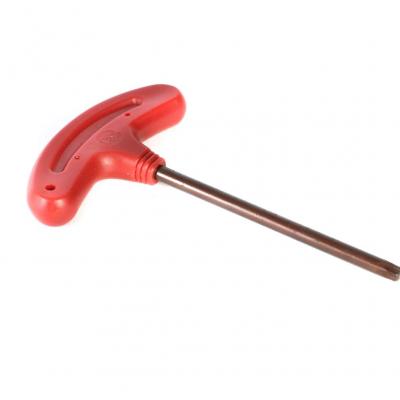Foil Pumping MODULAR ALU
AlpineFoil MODULAR is a foil designed for all the new foil disciplines. Dockstart, Pumping, Pumpfoil, Beachstart, Rockstart but also Wingfoil, Downwind, Supfoil, it only depends on the front wing and stabiliser you choose. For the Dockstart, we recommend the DK1240 (1750 cm² surface area), which allows you to take off with virtually no speed and learn as easily as possible. The Modular is a Made in France foil, with no limits and no compromises. The new generation of foils has arrived!
100% upgradeable, it preserves your budget while taking into account all the new foiling practices and their constraints.
PUMPING / DOCKSTART / WINGFOIL / KITEFOIL / SUP FOIL / SURF FOIL / WAKE FOIL
Monday to Thursday: 8 a.m.–12 p.m. / 2 p.m.–7 p.m.
Friday: 8 a.m.–12 p.m.
Availability: In stock
1 474.00€ inc. tax
1 228.33€ excl. tax
Foil Pumping MODULAR ALU
Suggestions
-
Carbon Mast Modular 83
83cm - 100% Carbon - KFBox / 4 Hole Plate (Sold Without Box) Kitefoil / Wingfoil Carbon mast compatible...689.00€ inc. tax
Details
574.17€ excl. tax -
HM Carbon Mast Modular
HM Carbon Mat (High Modulus Carbon) - 100% Carbon - KFBox / 4 Hole Plate (Sold without Box) Kitefoil...From
Details
874.00€ inc. tax
728.33€ excl. tax -
Kitefoil Torx driver tool
Torx mounting compact key, allowing an optimal tightening of the elements of your foil, this key ensures...17.50€ inc. tax
Details
14.58€ excl. tax -
Wingfoil Rake shim
Rake adjustment shim for US Rail system, allows to optimize the take-off of the foil in the light wind...26.00€ inc. tax
Details
21.67€ excl. tax -
SIDEON Foil Case - 115 cm x 30 cm
"Suitcase" type cover 115 cm x 30 cm specially designed for foils with plate (HAWK / MODULAR...119.00€ inc. tax
Details
99.17€ excl. tax -
foil mast cover SIDEON 75x21
Wingfoil/Windfoil compatible foil mast cover Size 75x21 suitable for 80 and 83 cm...35.90€ inc. tax
Details
29.92€ excl. tax -
Stabilizer Wing Bag SIDEON 50x15
Stabilizer cover Size 50x15 ideal for Standard Wing, Performance , SHA239 and SHA188 stabilizers allow...34.00€ inc. tax
Details
28.33€ excl. tax -
Front Wing Bag SIDEON 95x25
Wingfoil/Windfoil compatible foil cover Size 95x25 fits DW980 / DW750 / Regata 850 / Cruise...42.90€ inc. tax
Details
35.75€ excl. tax -
Foil wing cover SIDEON 115x25
Wingfoil/Windfoil compatible foil cover Size XL 115x25 ideal for DW1680 , DW1370 and Regatta 1100 High...42.90€ inc. tax
Details
35.75€ excl. tax -
Pack Short Mast 65 cm + Foil -30%
65cm 100% Aluminium - Kitefoil/Wingfoil (Sold without box) The main function of a short mast is to...285.00€ inc. tax
Details
237.50€ excl. tax -
M6 M8 T-Nuts US Rail OPTION
T-Nuts M6 & M8 (not supplied) compatible for US Rail self-locking screws Quantity : x4 Compatible...39.00€ inc. tax
Details
32.50€ excl. tax -
WG89 BOARD OPTION -100€ Foil + Board Purchase
Planche Wingfoil WG89 , 4.9 x 27.5 - 89 litres - Programme : Confirmé à Expert, construction...1 499.00€ inc. tax
Details
1 249.17€ excl. tax -
LONG MAST 95CM OPTION -30% Foil + Mast Purchase
93cm 100% Aluminium - Kitefoil/Wingfoil (Sold without box) Aluminium mast for Alpinefoil Modular, length...0.00€ inc. tax
Details
332.50€ excl. tax
Add a comment
Receive AlpineFoil news































































